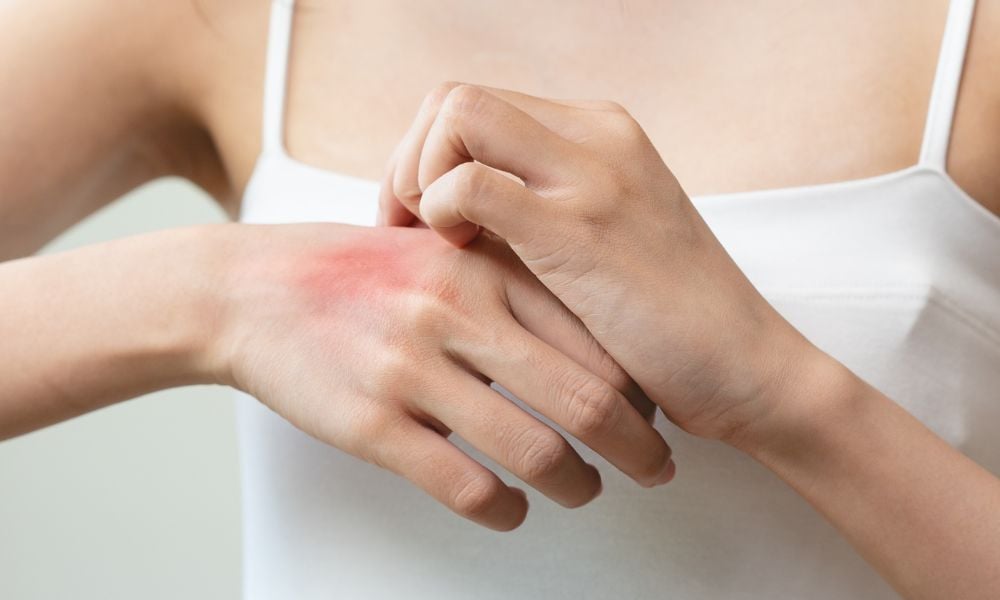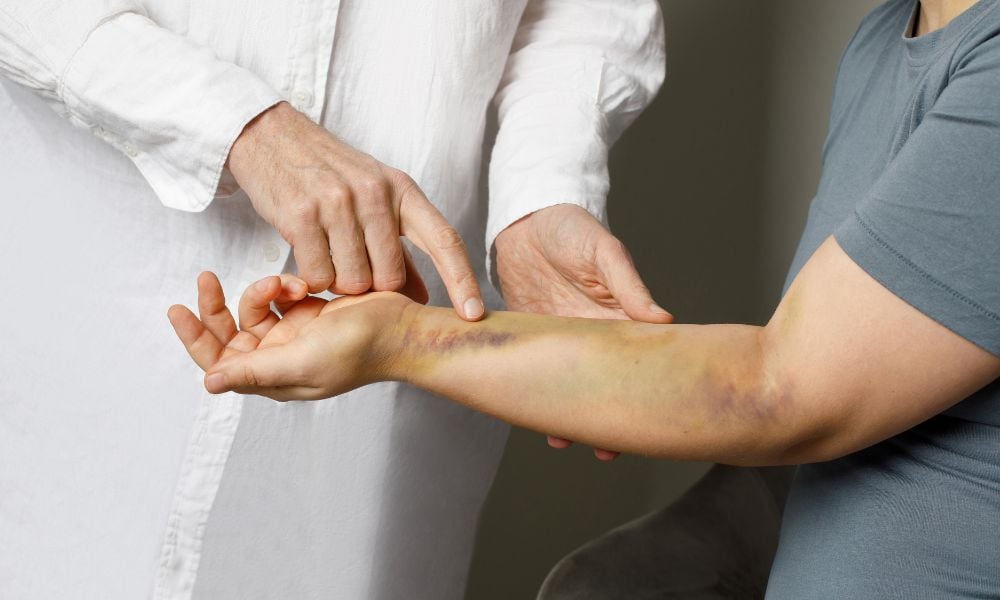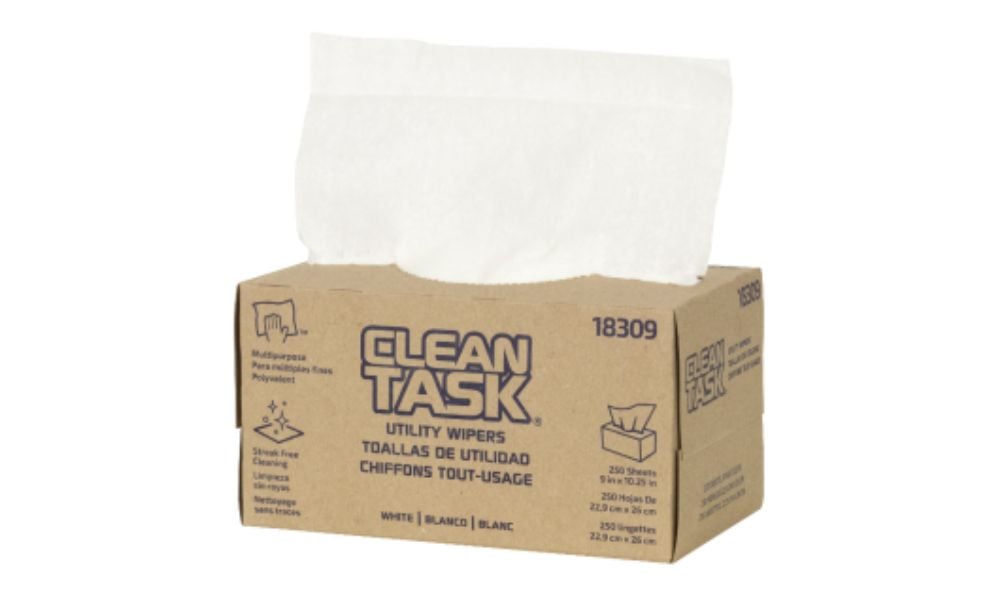The hidden risk of hand dermatitis in healthcare

"Your hands are the tools of life," says Dr. Kathryn Nichol, President and CEO of VHA Home HealthCare and Assistant Professor at the Dalla Lana School of Public Health. “We need them for work, for home, for pleasure. If they’re compromised, it can impact every aspect of your life.”
In the healthcare sector, where hand hygiene is a pillar of infection control, a lesser-known occupational hazard continues to harm workers: hand dermatitis. Often overlooked and underestimated, this skin condition is affecting nearly 30% of healthcare workers, according to Nichol, and can progress into a chronic and debilitating condition if left untreated.
Hidden epidemic in plain sight
While occasional dry hands may seem like a minor nuisance, repeated exposure to handwashing, sanitizers, and glove use can lead to serious skin breakdown. Hand dermatitis manifests as redness, itching, cracking, and even bleeding — and once it becomes chronic, it can be notoriously difficult to treat.
"If it gets to the stage where it’s significant, it can become very difficult to treat and can become chronic," Nichol explains. “And if you think about healthcare workers — people whose job requires using their hands — it can get to a point where they actually can’t work.”
The condition also carries broader implications. When a worker is sidelined, it's not just the individual who suffers — employers lose productivity, and patient safety may be compromised. Broken skin increases the risk of infection transmission, a critical concern in healthcare environments. In fact, literature documents cases where infections have passed from healthcare workers with damaged skin to patients.
Prevention starts with awareness
Recognizing the urgent need for education and intervention, the Workplace Safety and Insurance Board (WSIB) funded a project led by Dr. Nichol and her team — including researchers from the Centre for Research Expertise in Occupational Disease — to develop a free, 10-minute online training module designed to raise awareness and change behaviours around hand health.
The bilingual training tool, Skin Disease Prevention in the Workplace, is already proving effective. “When we tested it, it showed great results not only in changing knowledge, but also changing practice,” says Nichol. In fact, 73% of participants who completed the module reported a commitment to altering their work practices — an encouraging sign that the tool is more than just informative; it’s actionable.
Available in both English and French, the module offers practical strategies for prevention, such as:
- Using non-drying soaps
- Thoroughly drying hands after washing
- Applying emollients (moisturizers) before glove use
- Seeking help early when signs of dermatitis appear
"We can’t tell people not to wash their hands — that’s just not the solution," Nichol says. “But we can help them protect their skin while doing it.”
Beyond healthcare
With the success of the healthcare-focused module, the WSIB and Dr. Nichol’s team are already working on expanding the program to other high-risk sectors, such as manufacturing and food services, where “wet work” and chemical exposures also heighten the risk of occupational skin diseases.
Nichol urges health and safety professionals to put occupational hand dermatitis on the radar, regardless of their sector. “Understand the risk within your industry,” she advises. “If there is one, make sure you’ve got education and awareness campaigns in place, and implement preventative policies and practices.”
She emphasizes the role of consultants and safety advisors in recognizing skin health as part of comprehensive hazard assessments and worker protection strategies.
Open-access tool for proactive change
Nichol’s final message is clear: the time to act is before a worker’s hands become damaged beyond repair.
"The tool we created is free, online, accessible, and bilingual,” she says. “I would encourage employers to use it. Let’s not wait until this becomes a chronic condition for someone. Let’s prevent it together.”
For safety professionals tasked with protecting Canada’s workforce, the message is unmistakable: sometimes, what’s overlooked can cause the greatest harm. With the right tools, awareness, and preventive action, hand dermatitis doesn’t have to be part of the job.




